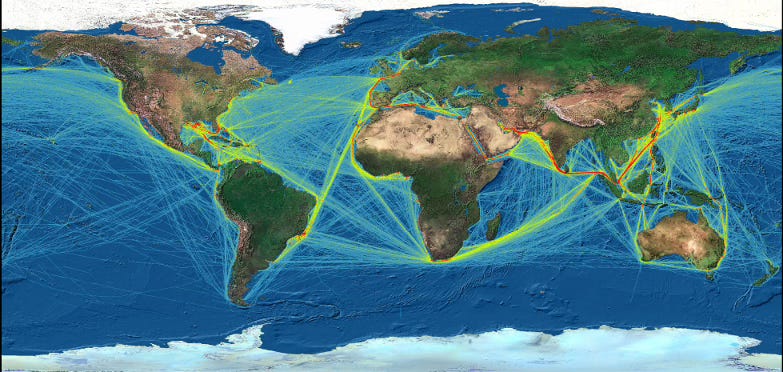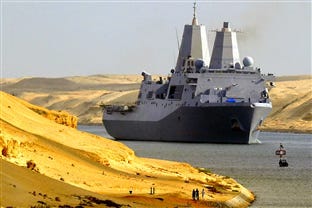Strategic Terrain Still Matters: Geography and the Next Defense Strategy
The American Enterprise Institute’s guidance to the Pentagon: Strategic terrain still matters—just as Mahan, Mackinder, and others long argued
Recently, Breaking Defense published an op-ed by the American Enterprise Institute (AEI), a long-standing, nonpartisan public policy think tank, offering advice to the Secretary of Defense (SecDef) in crafting the next National Defense Strategy (NDS). Whether or not the Pentagon is tuned in to AEI’s recommendations is anyone’s guess—but this is the season when experts of all kinds step forward to influence a new administration as it refines and codifies its policy.
I found the article and its accompanying paper thought-provoking and well worth the read. Some of AEI’s recommendations will likely resonate with the current administration; others, I expect, not so much. At the heart of the latest paper are four priorities AEI recommends the SecDef emphasize in the next NDS:
The need for alliances
The importance of strategic terrain
The role of strategic enablers
Sufficient and well-positioned forces
It’s not my intent here to argue the merits of each, though all deserve further thought and discussion - perhaps in another post. For example, AEI argues to reject the concept that you have to divest in order to invest. That is, cut programs and reduce the number of people to free up the funds to invest in new programs and capabilities. Should this be the case, then it follows that increased readiness and modernization will require sustained larger defense spending.
Back to the four priorities, what stood out most to me was the second priority: the importance of strategic terrain. I infer AEI’s use of “terrain” encompasses the physical domains of land, sea, air, and space, but not directly referring to the information domain (electronic warfare, cyber, cognitive).
The authors highlight that key geographic locations - “chokepoints, high ground, or resource-rich areas” - can provide distinct military and national security advantages that must be secured, especially in times of conflict.
This resonated with me. The simple and self-evident idea that not all terrain is equal, and that some terrain offers decisive advantages (or disadvantages), has been fundamental to warfighting since my earliest days in the Marine Corps. But simple approaches and questions can be very useful in drilling down to determine your interest and how to build an effective defense strategy. Stepping up the concept to the level of a defense strategy is useful in asking and generating answers to important questions such as:
What terrain is strategic to U.S. interests and why?
What must we hold?
What can we deny, defend through allies, or influence with presence, treaties, or basing?
Keep reading with a 7-day free trial
Subscribe to The Military Reading Room - History, Strategy, and Insight to keep reading this post and get 7 days of free access to the full post archives.






